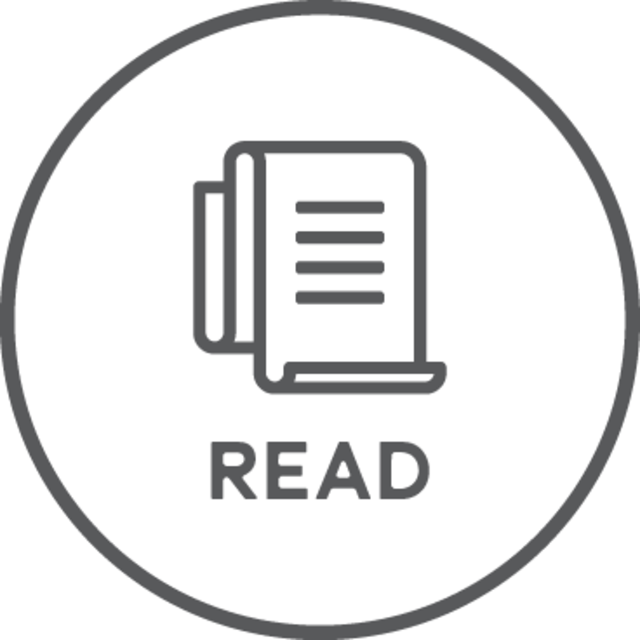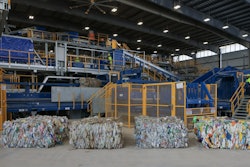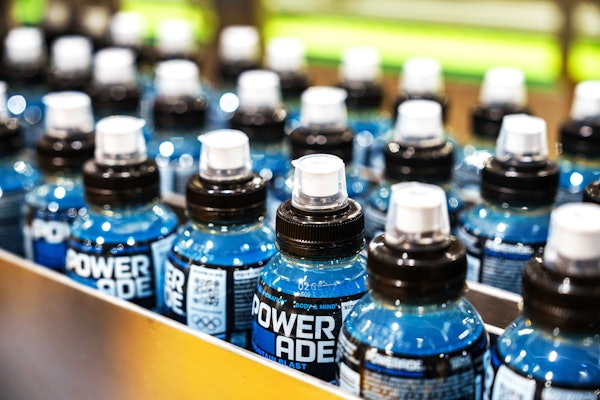
As U.S. extended producer responsibility (EPR) laws for packaging move toward implementation, experts and stakeholders are increasing looking to eco-modulation as a tool for improving design and promoting a circular economy.
Early on, stakeholders in countries that already have established EPR programs assumed that by making producers responsible for the end-of-life management of their products, those producers would design their packaging to be more sustainable. However, the data from those established programs does not indicate that’s actually happening. Consequently, eco-modulation, which involves adjusting producer fees based on the recyclability of their packaging materials, was introduced to incentivize design through pricing. Essentially, responsible parties would pay higher or lower fees depending on the use of materials the state deems sustainable.
 | Read this related article, “CAA Provides Deadline Schedule for Brands Affected by EPR” |
Not surprisingly, EPR and eco-modulation were the topics of both formal and informal conversations at the AMERIPEN Annual Summit in April. Several speakers offered their insights on established systems—currently more than 400 around the world—and the challenges encountered by stakeholders that have been operating in those systems. For example, some programs and fee structures have proven to be too complex and inconsistent for producers, which leads to diminished outcomes. In addition, eco-modulation can help drive demand for recycled materials, but without investments in collection, sorting, and processing capacity, those gains can become moot.
Finally, the systems do not collect enough detailed and robust data to effectively evaluate policies. Packaging attributes are not necessarily a good indicator of better environmental outcomes, and in many cases, stakeholders lack the necessary data to determine if the program is producing the environmental benefits that motivate the whole system.
As EPR for packaging laws begin to launch in the U.S., we have an opportunity to address shortfalls and design for greater impact at the outset. The following are key takeaways and suggested guidance from expert stakeholders at the Annual Summit:
1. Include eco-design incentives in all EPR policies. A primary goal of eco-modulation is to restore the incentives for producers to pursue eco-design that have been lacking in many standard EPR systems. Countries such as France, Italy, and Denmark have instituted bonus/penalty systems that have driven documented reductions in problematic materials usage and increased use of recycled content. Still, caution should be exercised, and eco-modulation should not be relied on as the only tool to deliver environmental benefits.
2. Support circular goals/objectives. Stakeholders are encouraged to look beyond recycling rates for a more comprehensive view of EPR program performance. Assess the ultimate environmental outcomes of eco-modulation, such as reductions in greenhouse gas emissions, rather than just focusing on intermediate goals like higher recycling rates. Some speakers argued that eco-modulation provides an opportunity to promote the use of life-cycle assessments (LCAs) and other tools to better understand the environmental impacts of packaging material. By requiring producers to evaluate and disclose these impacts, eco-modulation schemes can help shift the focus beyond just recycling rates to a more holistic view of environmental performance.
 | Read this related Q&A interview with AMERIPEN, “Packaging Legislation Update and 2024 Outlook” |
3. Improve data collection and management. Good data management is essential for monitoring and building stakeholder trust in the system, and effective eco-modulation requires detailed reporting from producers on their packaging choices, as well as clear communication of the environmental impacts of different materials. This data needs to be harmonized across states to avoid confusion and inconsistency.
4. Collaborate and harmonize eco-modulation incentives and penalties. With multiple states pursuing EPR policies, there is a risk of creating a patchwork of inconsistent rules that could undermine the effectiveness of eco-modulation. Organizations like the Canadian Stewardship Alliance offer a model for promoting harmonization across jurisdictions, while also allowing for local flexibility.
5. Develop recycling infrastructure and markets for the future. While eco-modulation can help drive demand for recycled materials, it must be accompanied by investments in collection, sorting, and processing capacity. This could be accomplished by providing ongoing economic support to help develop and mature recycling streams for different materials. Although this could allow some material types to “free-ride” on the success of others, separating them into different fee categories could help address the problem.
As the U.S. moves forward with EPR, and subsequently eco-modulation, these practices will require evaluation and continuous improvement. By learning from the successes and challenges of other markets and by prioritizing data, collaboration, and environmental impact assessment, the U.S. can chart a path toward a more sustainable and circular packaging economy. AMERIPEN will continue to be closely engaged on the issue of eco-modulation. PW
























